
Alex Blutman is a student at Harvard Law School and a member of the Labor and Employment Lab.
The debate over the proper role for college sports and treatment of student-athletes touches on a number of important issues—whether the NCAA and universities commit antitrust violations by denying student-athletes certain benefits; whether student-athletes should legally be considered employees; whether student-athletes should be paid a salary and permitted to unionize. Attendant also to that debate is the subject of the extraordinary salaries of the college football and basketball coaches who occupy an important place in the collegiate athletic system. As of 2019, about two-thirds of the highest paid public employees in each state were coaches at public colleges and universities. Following reports that Louisiana State University’s and the University of Southern California’s new head football coaches would be receiving contract offers worth over $100 million, House Ways and Means Oversight Subcommittee Chair representative Bill Pascrell (D-NJ) sent letters to each school asking their respective presidents to explain how such lucrative compensation packages align with the schools’ educational missions. As institutions of higher education, the schools claim tax-exempt status under Internal Revenue Code Section 501(c)(3). Pascrell’s letters suggested that the reported salaries for their new football coaches raise concerns about whether the schools are operating consistent with that status. Pascrell asked the universities to provide information on their highest-paid employees, their tax liability for excess nonprofit compensation, and how their pay to coaches compares to total financial aid given to players.
Meanwhile, U.S. District Court Judge John R. Padova denied the NCAA’s request for an interlocutory appeal in Johnson v. NCAA. After Judge Padova found the student-athlete plaintiffs plausibly alleged employee status under the FLSA, the NCAA argued that Seventh and Ninth Circuit precedent had come out the other way, and, in any event, they are a regulatory body, not an employer. Judge Padova’s order said that whether the NCAA employs student-athletes is a mixed question of law and fact that can be reviewed on appeal after final judgment.
The NFL has prevailed in its long-running litigation against former NFL players who alleged that injured players were irresponsibly provided painkillers to remain on the field. The court did not reach the question whether the Labor Management Relations Act preempted the players’ claims. Instead, senior U.S. District Court Judge William Alsup found that the players’ 2014 lawsuit fell outside the statute of limitations for personal injury claims, which ranges from two to six years. Judge Alsup concluded that the players were obligated to conduct a reasonable investigation of the NFL’s responsibility at the time they suffered each injury they now allege against the league.


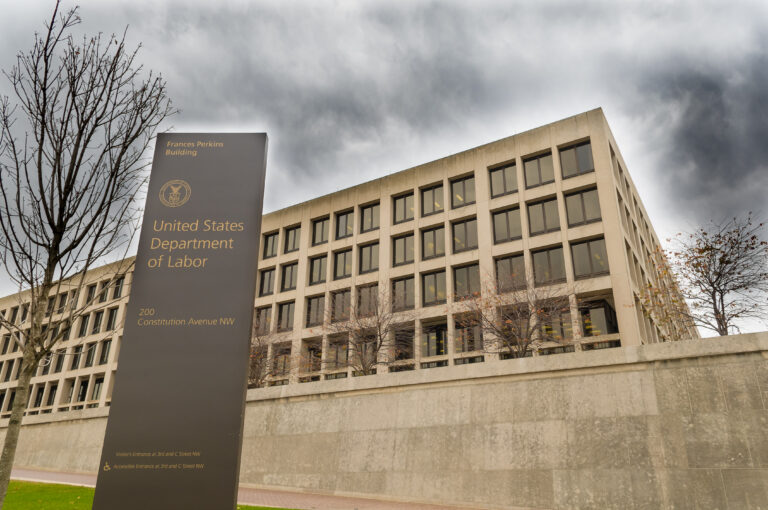
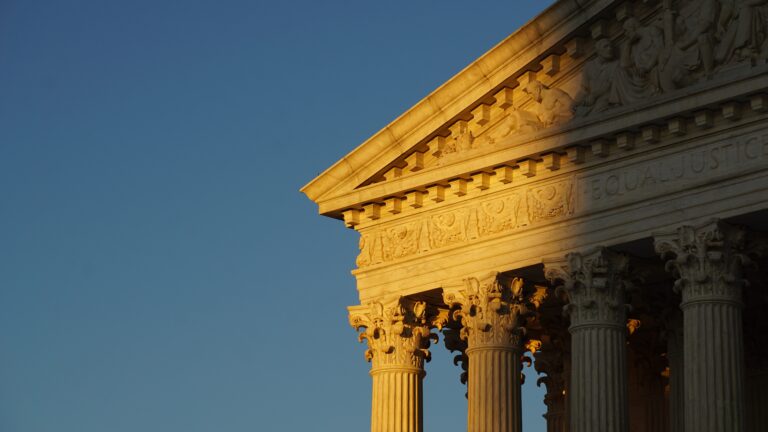
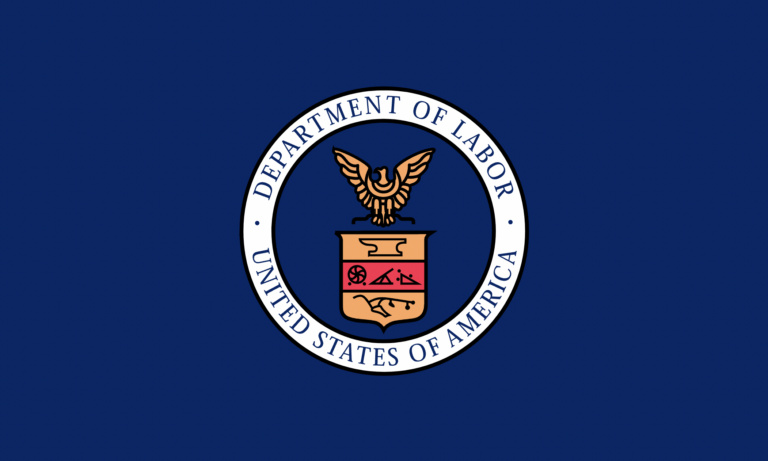
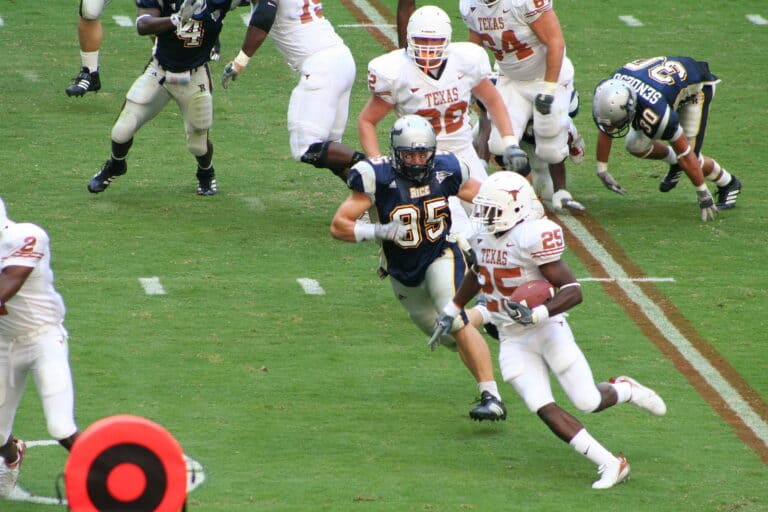

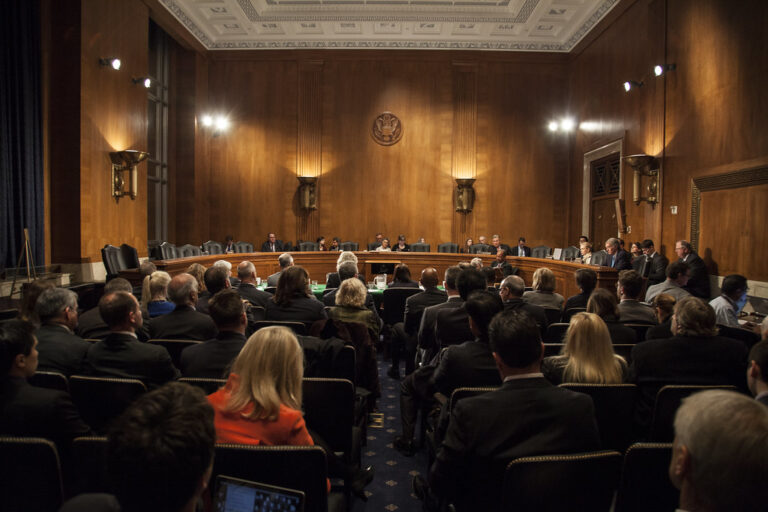
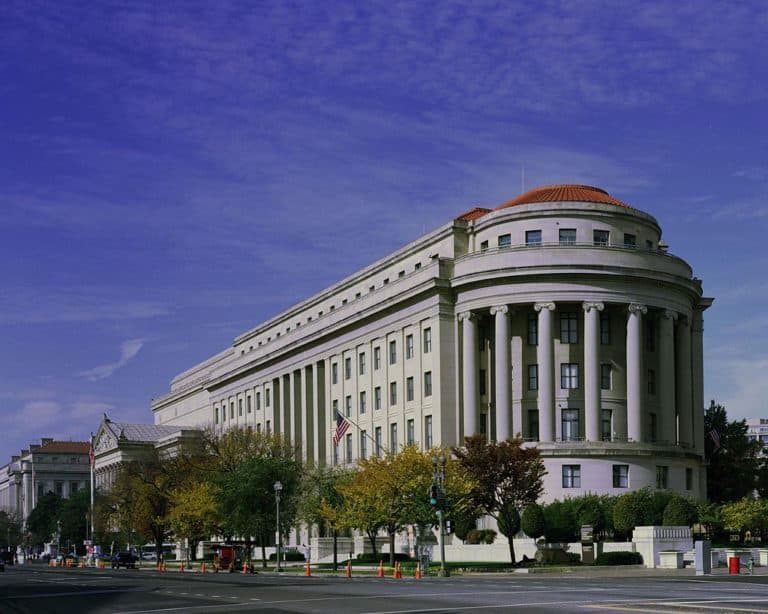
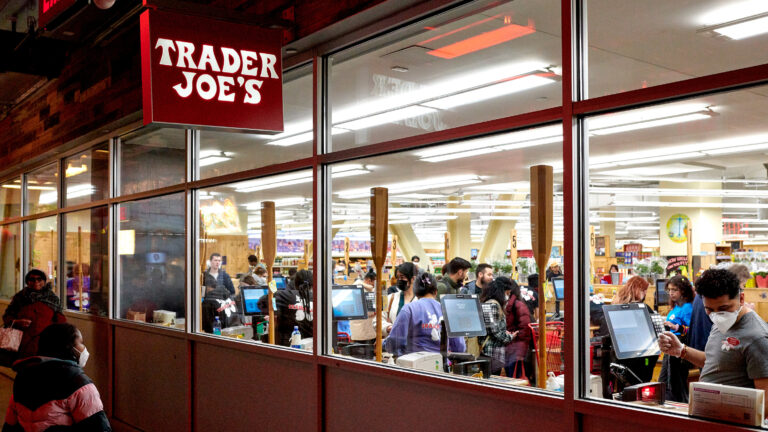
Daily News & Commentary
Start your day with our roundup of the latest labor developments. See all
November 21
The “Big Three” record labels make a deal with an AI music streaming startup; 30 stores join the now week-old Starbucks Workers United strike; and the Mine Safety and Health Administration draws scrutiny over a recent worker death.
November 20
Law professors file brief in Slaughter; New York appeals court hears arguments about blog post firing; Senate committee delays consideration of NLRB nominee.
November 19
A federal judge blocks the Trump administration’s efforts to cancel the collective bargaining rights of workers at the U.S. Agency for Global Media; Representative Jared Golden secures 218 signatures for a bill that would repeal a Trump administration executive order stripping federal workers of their collective bargaining rights; and Dallas residents sue the City of Dallas in hopes of declaring hundreds of ordinances that ban bias against LGBTQ+ individuals void.
November 18
A federal judge pressed DOJ lawyers to define “illegal” DEI programs; Peco Foods prevails in ERISA challenge over 401(k) forfeitures; D.C. court restores collective bargaining rights for Voice of America workers; Rep. Jared Golden secures House vote on restoring federal workers' union rights.
November 17
Justices receive petition to resolve FLSA circuit split, vaccine religious discrimination plaintiffs lose ground, and NJ sues Amazon over misclassification.
November 16
Boeing workers in St. Louis end a 102-day strike, unionized Starbucks baristas launch a new strike, and Illinois seeks to expand protections for immigrant workers